Belfast is located on the river Lagan and is the largest city and capital of Northern Ireland. It is a city with many sights that come from the city’s historic role as an important British port and industrial city.
One of the famous industries in the city was the shipyard Harland and Wolff, which built the Titanic and the sister ships to the White Star Line. The Titanic sank on its maiden voyage, and the ship’s brief history is depicted at the impressive museum, the Titanic Belfast.
There are many landmarks in Belfast. The Parliament Stormont and Belfast’s Grand City Hall are two of the most famous, but also remember to see places like the Albert Memorial Clock, Belfast Castle and the Anglican St Anne’s Cathedral.
In the vicinity of the Northern Ireland metropolitan area there are several beautiful excursion destinations. Giant’s Causeway with about 40,000 hexagonal basalt columns is located on the north coast, where you can also cross the sea along the slender Carrick-A-Rede Bridge and see the dramatic ruin of Dunluce Castle.
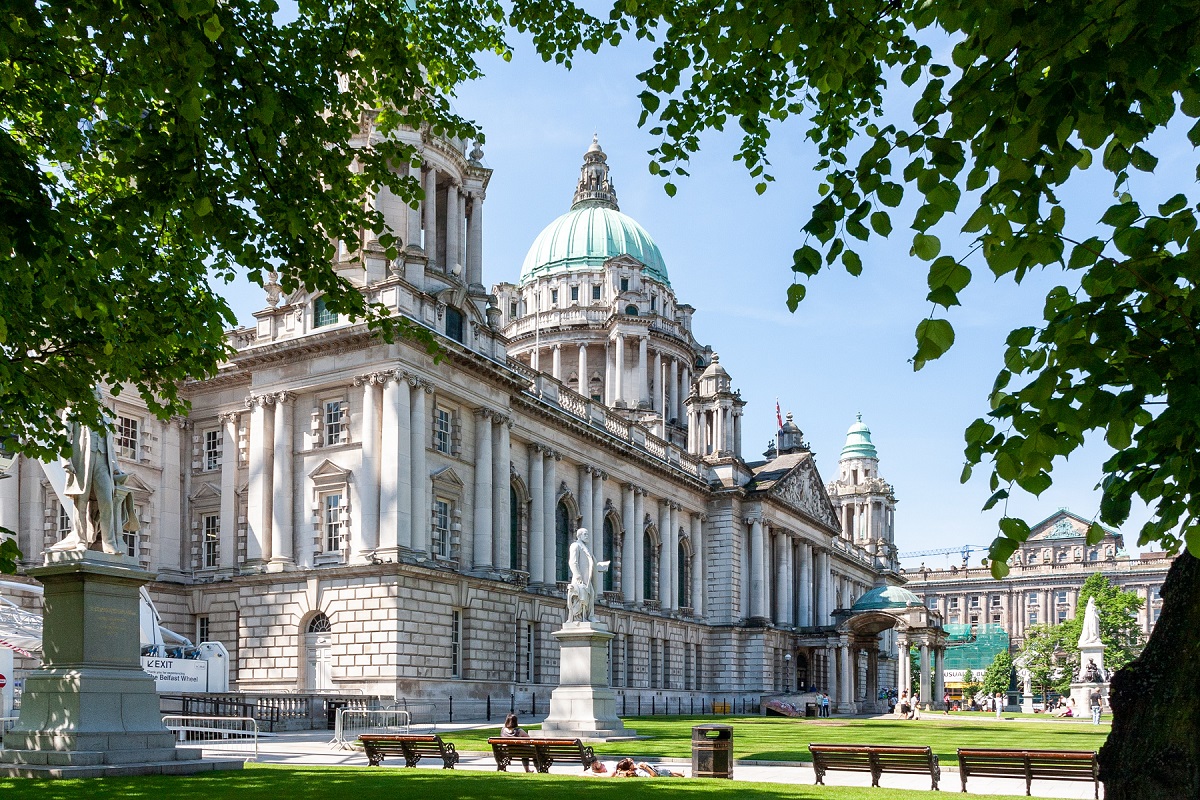
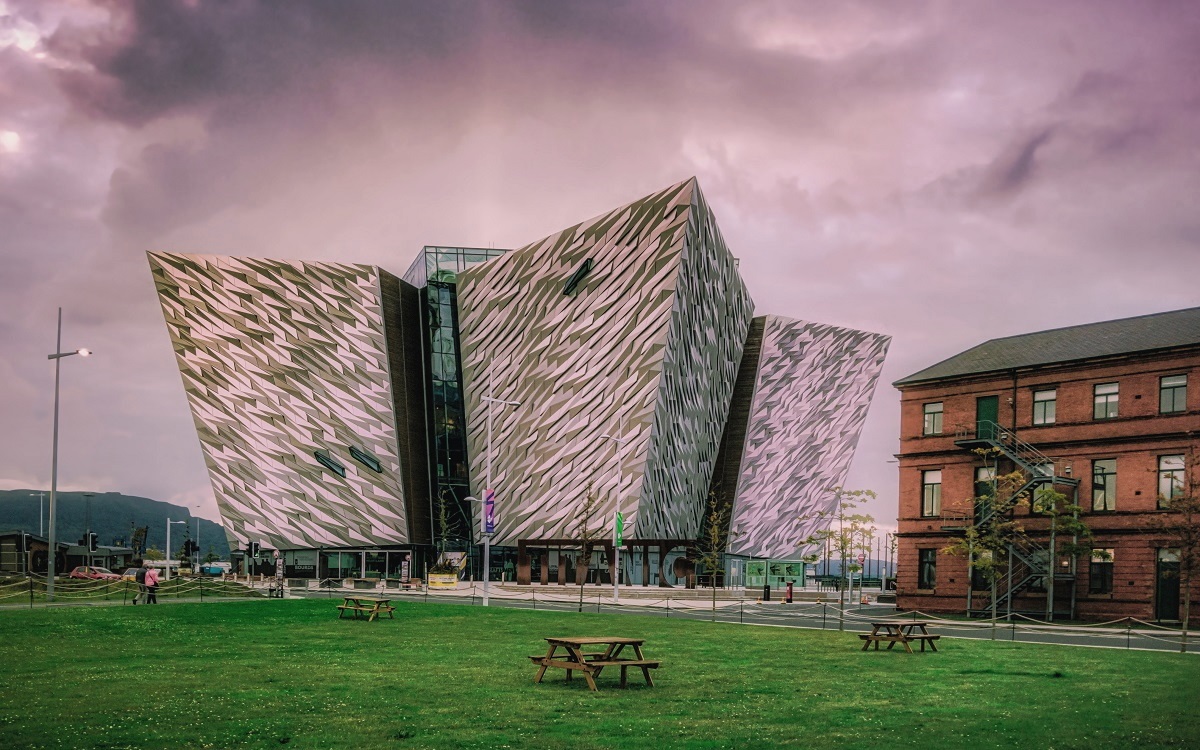
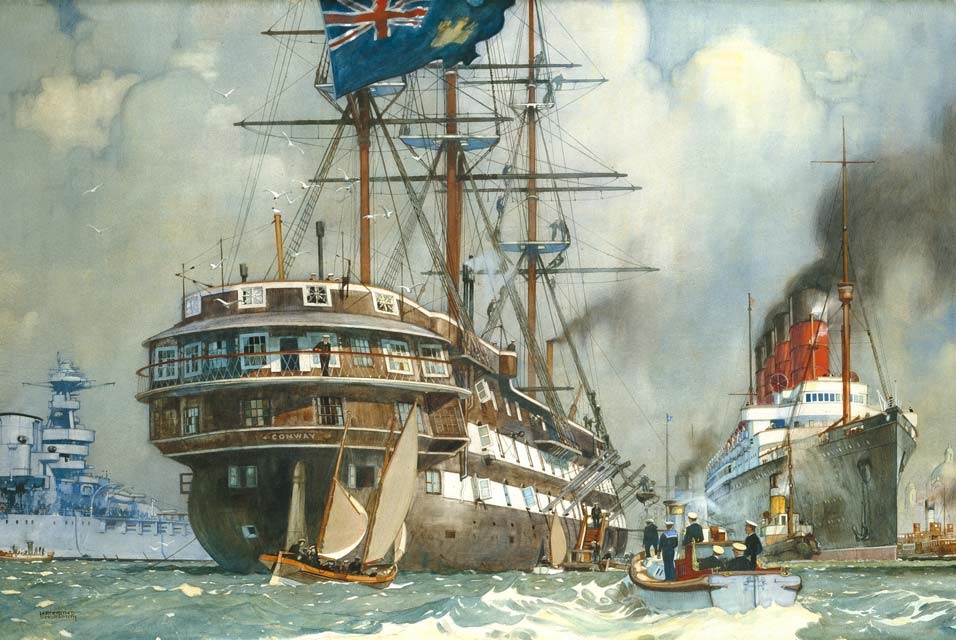
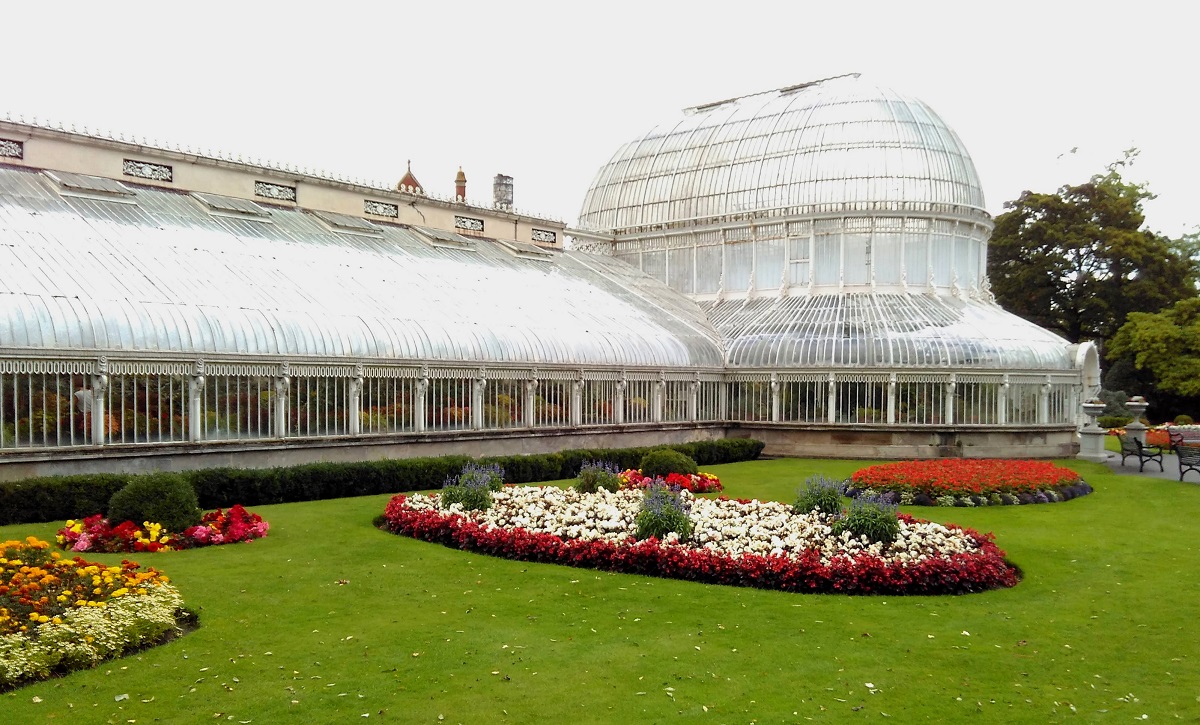
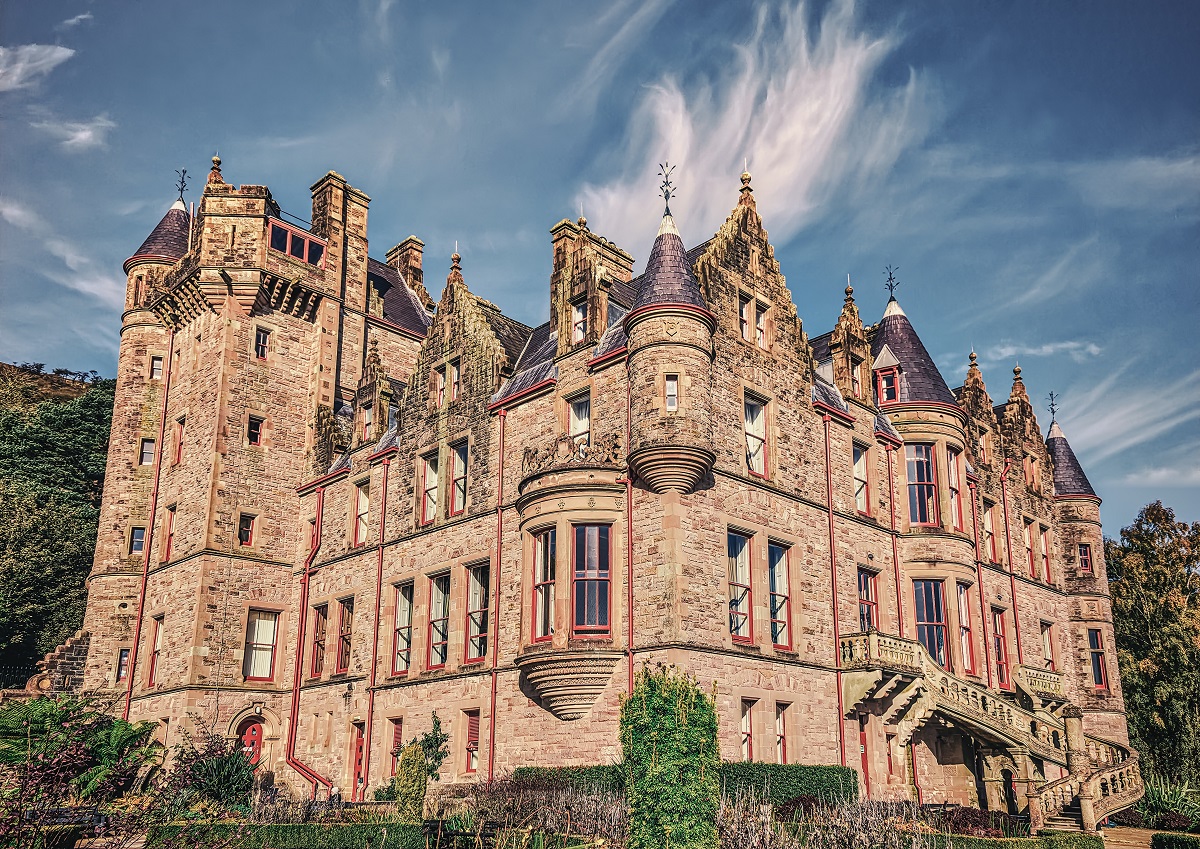
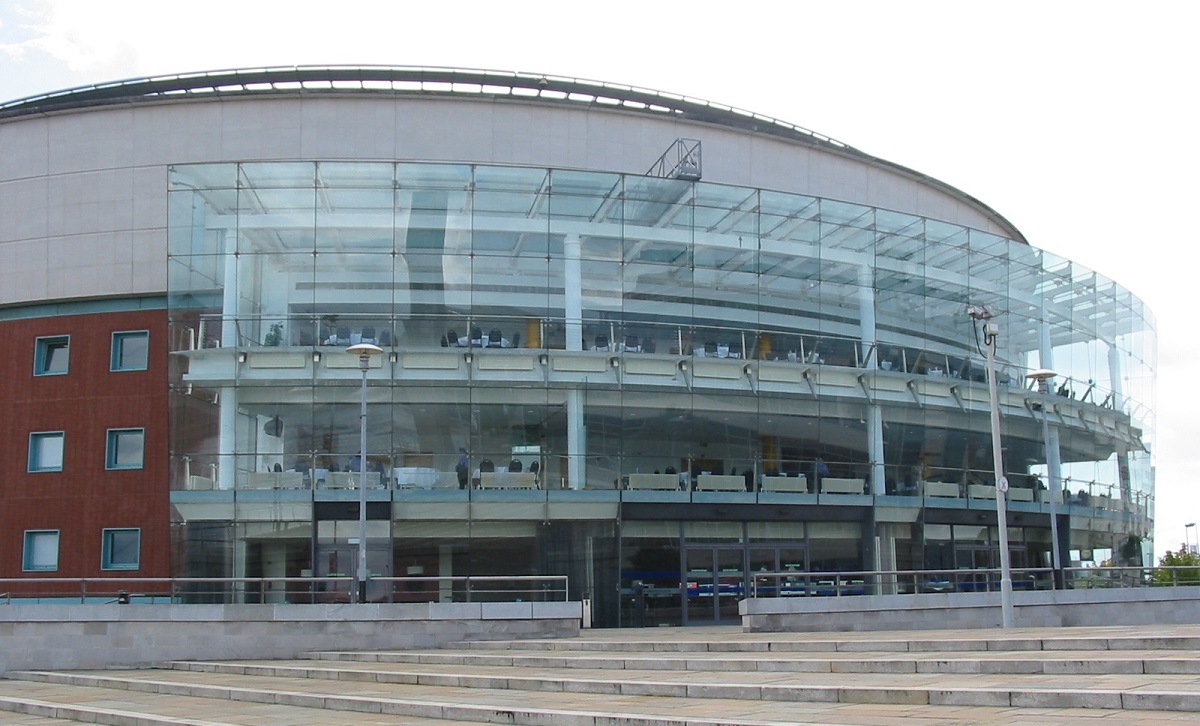
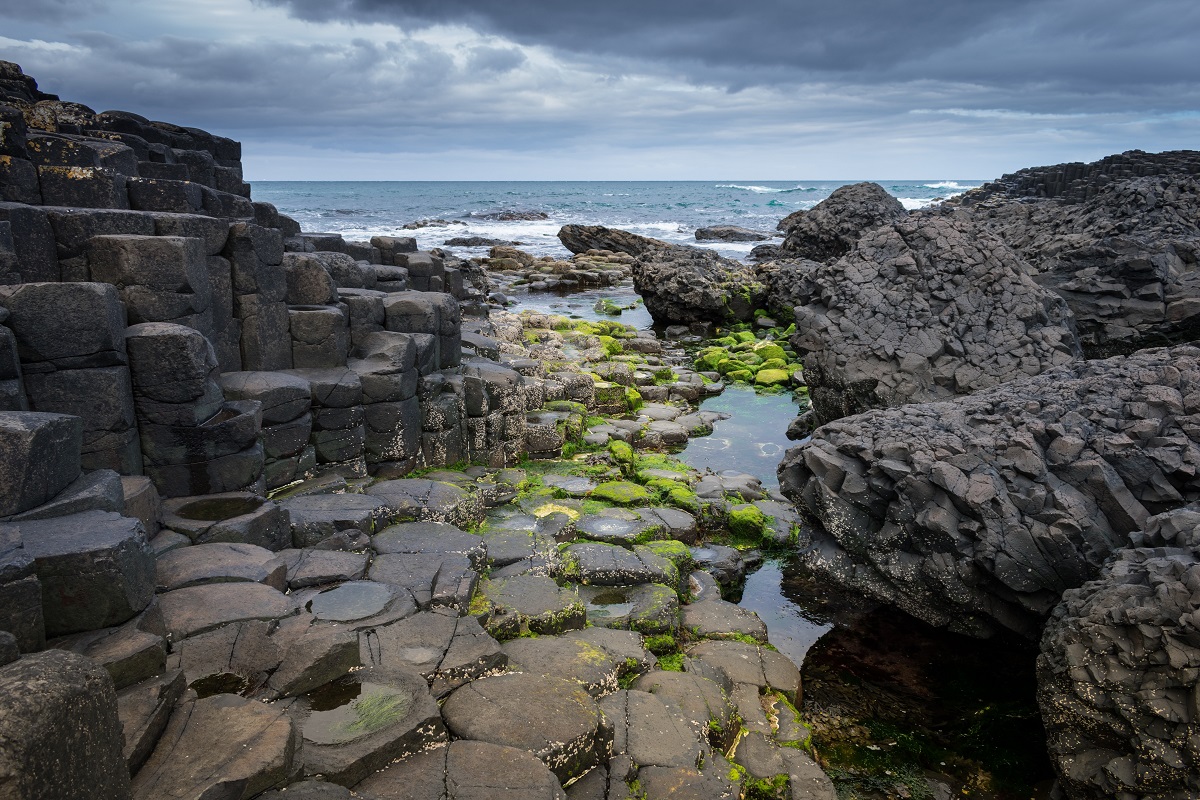
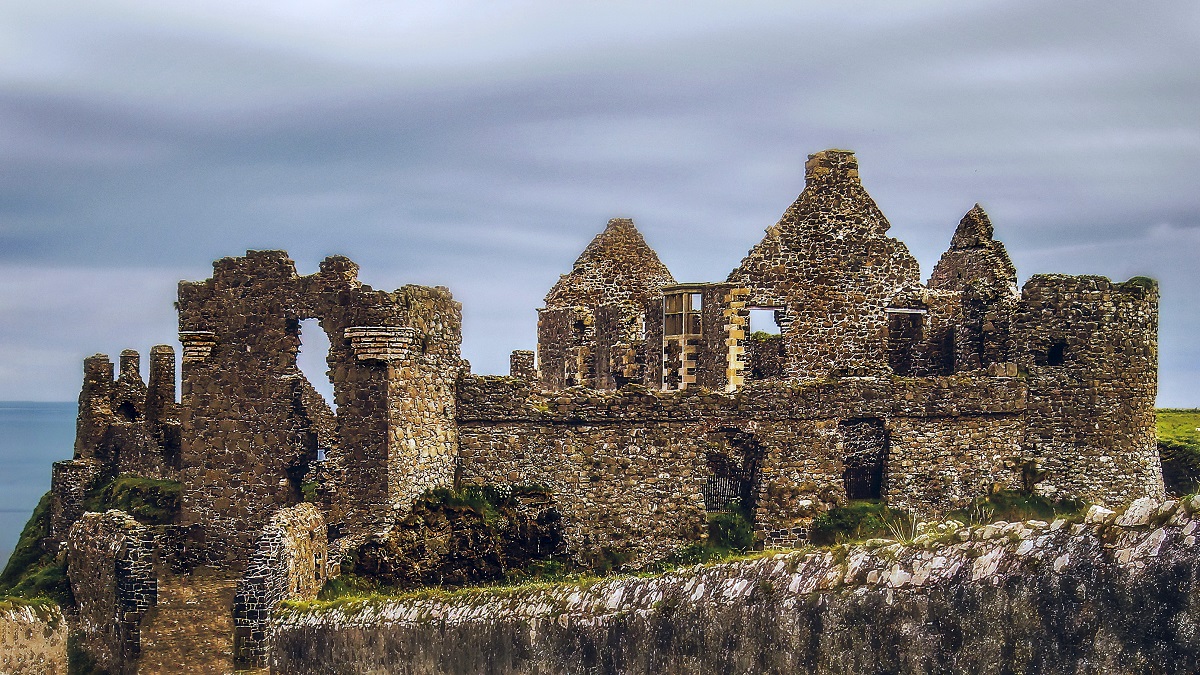
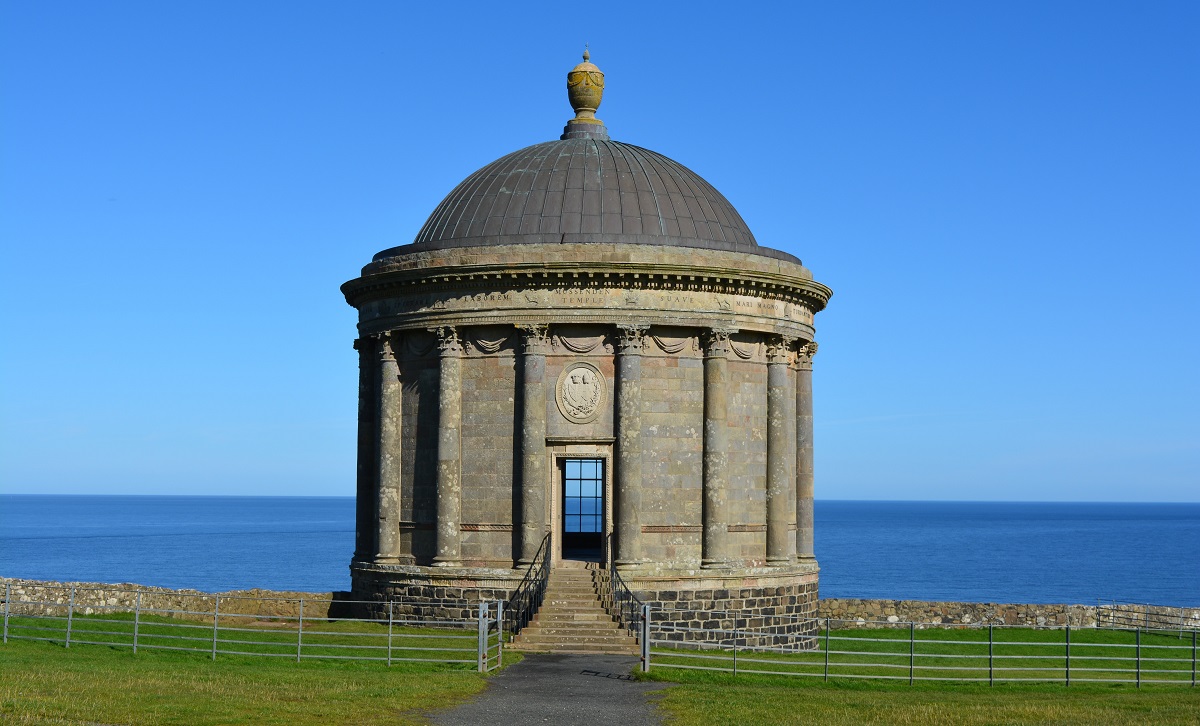
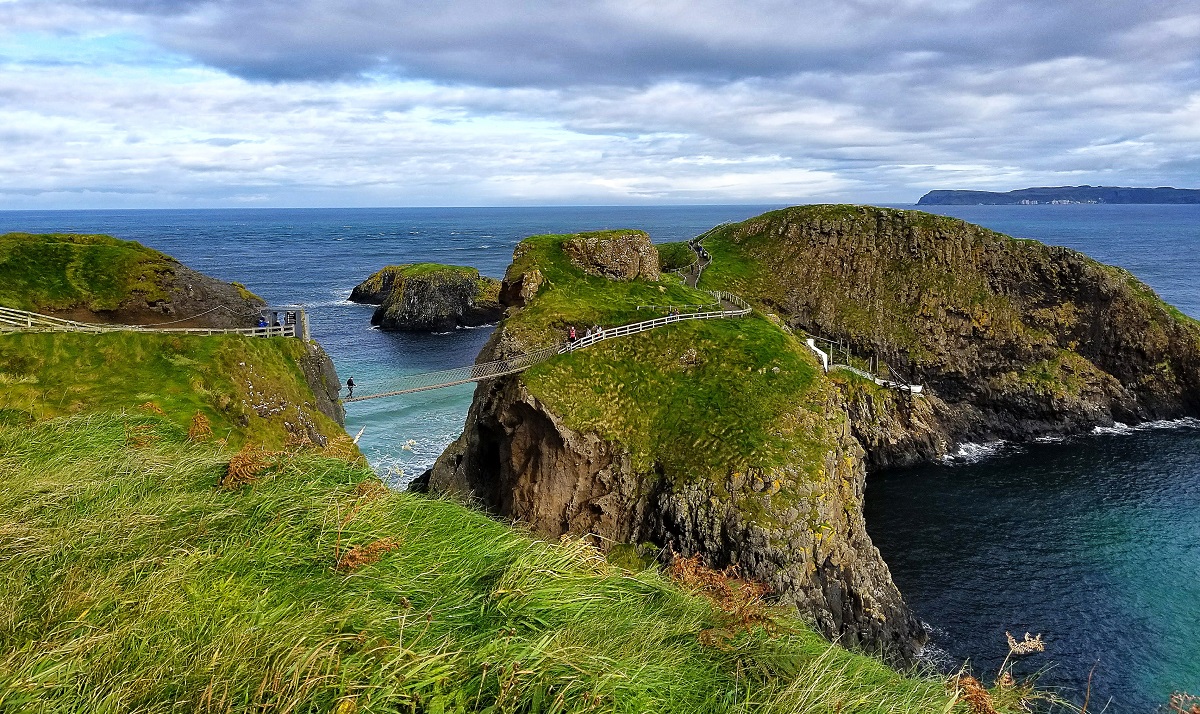
Overview of Belfast
Belfast is located on the river Lagan and is the largest city and capital of Northern Ireland. It is a city with many sights that come from the city’s historic role as an important British port and industrial city.
One of the famous industries in the city was the shipyard Harland and Wolff, which built the Titanic and the sister ships to the White Star Line. The Titanic sank on its maiden voyage, and the ship’s brief history is depicted at the impressive museum, the Titanic Belfast.
There are many landmarks in Belfast. The Parliament Stormont and Belfast’s Grand City Hall are two of the most famous, but also remember to see places like the Albert Memorial Clock, Belfast Castle and the Anglican St Anne’s Cathedral.
In the vicinity of the Northern Ireland metropolitan area there are several beautiful excursion destinations. Giant’s Causeway with about 40,000 hexagonal basalt columns is located on the north coast, where you can also cross the sea along the slender Carrick-A-Rede Bridge and see the dramatic ruin of Dunluce Castle.
About the upcoming Belfast travel guide
About the travel guide
The Belfast travel guide gives you an overview of the sights and activities of the Irish city. Read about top sights and other sights, and get a tour guide with tour suggestions and detailed descriptions of all the city’s most important churches, monuments, mansions, museums, etc.
Belfast is waiting for you, and at vamados.com you can also find cheap flights and great deals on hotels for your trip. You just select your travel dates and then you get flight and accommodation suggestions in and around the city.
Read more about Belfast and Northern Ireland
Buy the travel guide
Click the “Add to Cart” button to purchase the travel guide. After that you will come to the payment, where you enter the purchase and payment information. Upon payment of the travel guide, you will immediately receive a receipt with a link to download your purchase. You can download the travel guide immediately or use the download link in the email later.
Use the travel guide
When you buy the travel guide to Belfast you get the book online so you can have it on your phone, tablet or computer – and of course you can choose to print it. Use the maps and tour suggestions and you will have a good and content-rich journey.
Stormont • Titanic • City Hall • Albert Clock • Giant’s Causeway
Overview of Belfast
Belfast is located on the river Lagan and is the largest city and capital of Northern Ireland. It is a city with many sights that come from the city’s historic role as an important British port and industrial city.
One of the famous industries in the city was the shipyard Harland and Wolff, which built the Titanic and the sister ships to the White Star Line. The Titanic sank on its maiden voyage, and the ship’s brief history is depicted at the impressive museum, the Titanic Belfast.
There are many landmarks in Belfast. The Parliament Stormont and Belfast’s Grand City Hall are two of the most famous, but also remember to see places like the Albert Memorial Clock, Belfast Castle and the Anglican St Anne’s Cathedral.
In the vicinity of the Northern Ireland metropolitan area there are several beautiful excursion destinations. Giant’s Causeway with about 40,000 hexagonal basalt columns is located on the north coast, where you can also cross the sea along the slender Carrick-A-Rede Bridge and see the dramatic ruin of Dunluce Castle.
About the upcoming Belfast travel guide
About the travel guide
The Belfast travel guide gives you an overview of the sights and activities of the Irish city. Read about top sights and other sights, and get a tour guide with tour suggestions and detailed descriptions of all the city’s most important churches, monuments, mansions, museums, etc.
Belfast is waiting for you, and at vamados.com you can also find cheap flights and great deals on hotels for your trip. You just select your travel dates and then you get flight and accommodation suggestions in and around the city.
Read more about Belfast and Northern Ireland
Buy the travel guide
Click the “Add to Cart” button to purchase the travel guide. After that you will come to the payment, where you enter the purchase and payment information. Upon payment of the travel guide, you will immediately receive a receipt with a link to download your purchase. You can download the travel guide immediately or use the download link in the email later.
Use the travel guide
When you buy the travel guide to Belfast you get the book online so you can have it on your phone, tablet or computer – and of course you can choose to print it. Use the maps and tour suggestions and you will have a good and content-rich journey.




Similar to Belfast Travel Guide
There are no listings matching your search.
Reset